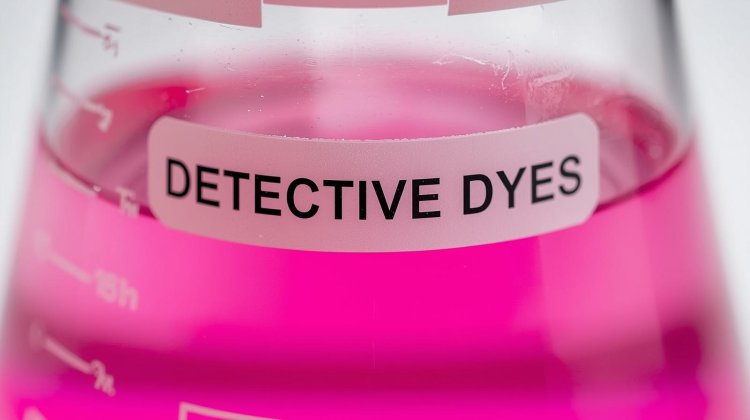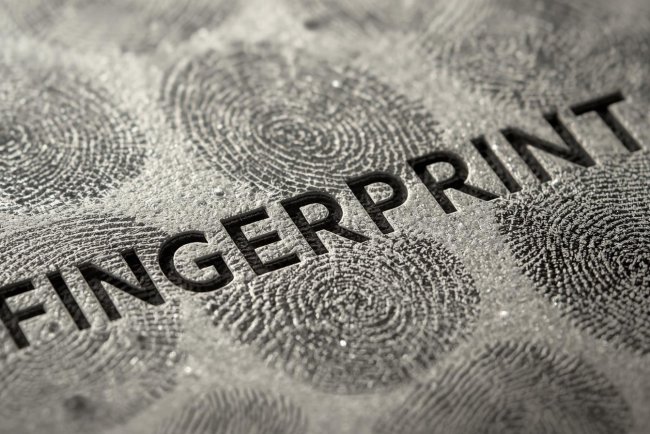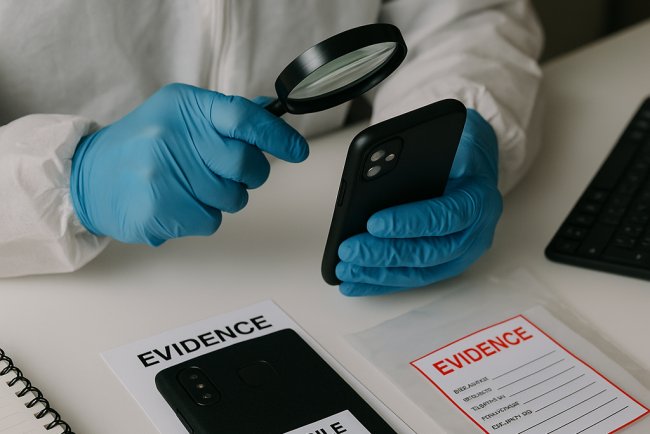Investigating the Future: Day 4 of International Forensic Science Week - DETECTIVE DYES
"Detective dyes" may be a colloquial or non-technical phrase for dyes that are used to identify or show the existence of specific materials or circumstances.

Detective dyes, sometimes referred to as indicator dyes, reagent dyes, or forensic dyes, are specialty chemicals that react to particular substances or environmental conditions by changing color or fluorescing. They aid in the detection, identification, or analysis of substances that could be imperceptible to the human eye.
These are often called:
-
Indicator dyes
-
Reagent dyes
-
Forensic dyes
-
Staining agents
These dyes reveal hidden evidence or change color in response to specific chemicals, which is why "detective" might be used metaphorically.
Types of Detective Dyes by Field
1. Forensic Science
Used in crime scene investigation to detect biological materials.
| Dye | Target | Description |
|---|---|---|
| Luminol | Blood | Glows blue in the dark when it reacts with iron in blood. |
| Ninhydrin | Amino acids | Used to detect fingerprints on porous surfaces. Turns purple. |
| Leucomalachite Green | Blood | Reacts with blood and turns green-blue. |
| Rhodamine 6G | Fingerprints | Fluorescent dye used with cyanoacrylate fuming. |
| Acid Black 1 | Proteins | Used to stain blood or semen traces. |
2. Biology & Medicine
Used in microscopy, diagnostics, and staining biological samples.
| Dye | Use | Description |
|---|---|---|
| Methylene Blue | Cell staining | Highlights DNA/RNA in cells. |
| Crystal Violet | Bacteria classification | Used in Gram staining (for Gram-positive bacteria). |
| Safranin | Counterstain | Used in microbiology to stain Gram-negative bacteria. |
| Fluorescein | Eye tests, cell tracking | Fluorescent dye used in ophthalmology and biology. |
3. Chemistry & Environmental Science
Used to detect chemical properties and pollutants.
| Dye | Detects | Description |
|---|---|---|
| Phenolphthalein | pH | Colorless in acid, pink in base — used in titrations. |
| Methyl Orange | pH | Red in acid, yellow in base. |
| Eriochrome Black T | Metal ions | Used in water hardness tests (calcium/magnesium). |
| Rhodamine B | Tracer dye | Tracks water flow in environmental studies. |
Phenolphthalein Use in Bribery Cases
In anti-corruption and bribery investigations, phenolphthalein is used as a trap dye or chemical marker to catch government officials or individuals accepting bribes. It is part of a sting operation set up by law enforcement or anti-corruption agencies like the CBI in India, FBI in the USA, or other similar organizations globally
Why Phenolphthalein?
Phenolphthalein is a colorless powder that becomes vividly pink when an alkaline material, such as sodium carbonate or ammonia, is present. It's great for marking bribe money in secret because it's invisible when applied but can be exposed subsequently.
Phenolphthalein Bribery Trap Test
1. Preparation of Marked Currency Notes
-
Law enforcement prepares the bribe money.
-
A very small amount of phenolphthalein powder or solution is applied to the edges or surface of the currency notes.
-
The solution dries clear, leaving no visible trace.
2. Sting Operation Setup
-
A complainant agrees to cooperate (e.g., someone being asked for a bribe).
-
The transaction is planned and monitored — usually with audio/video surveillance.
-
The bribe-giver is handed the marked notes.
3. Bribe Transaction
-
The suspect accepts the bribe — directly or via an associate.
-
The suspect handles the phenolphthalein-marked notes.
4. Immediate Arrest and Phenolphthalein Test
-
Once the bribe is accepted, law enforcement immediately arrests the suspect.
-
Suspect’s hands are washed in a solution of sodium carbonate or another mild base.
-
If they handled the notes, their hands will cause the solution to turn bright pink.
5. Evidence Collection
-
The pink color change is photographed or video recorded.
-
The pink solution is collected and sealed as chemical evidence.
-
The currency notes are seized, catalogued, and matched with pre-recorded serial numbers.
Legal Use of Phenolphthalein in Bribe Cases
-
The test is admissible in court as circumstantial and chemical evidence.
-
The presence of phenolphthalein on the accused’s hands confirms physical contact with bribe money.
-
Often used in combination with audio/video proof or witnesses.
Real-Life Use Cases
-
Widely used by agencies like CBI (India), ACB, and other national anti-corruption bodies.
-
Featured in several high-profile trap cases to prove bribery beyond reasonable doubt.
Follow cyberdeepakyadav.com on
Facebook, Twitter, LinkedIn, Instagram, and YouTube
What's Your Reaction?






















